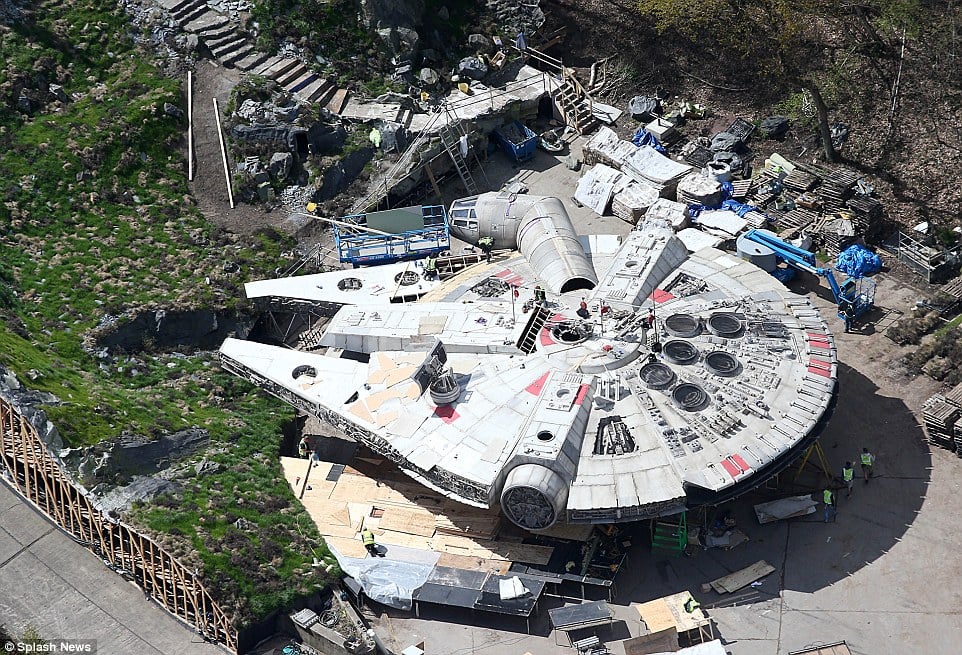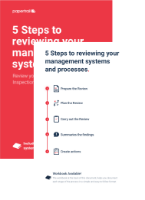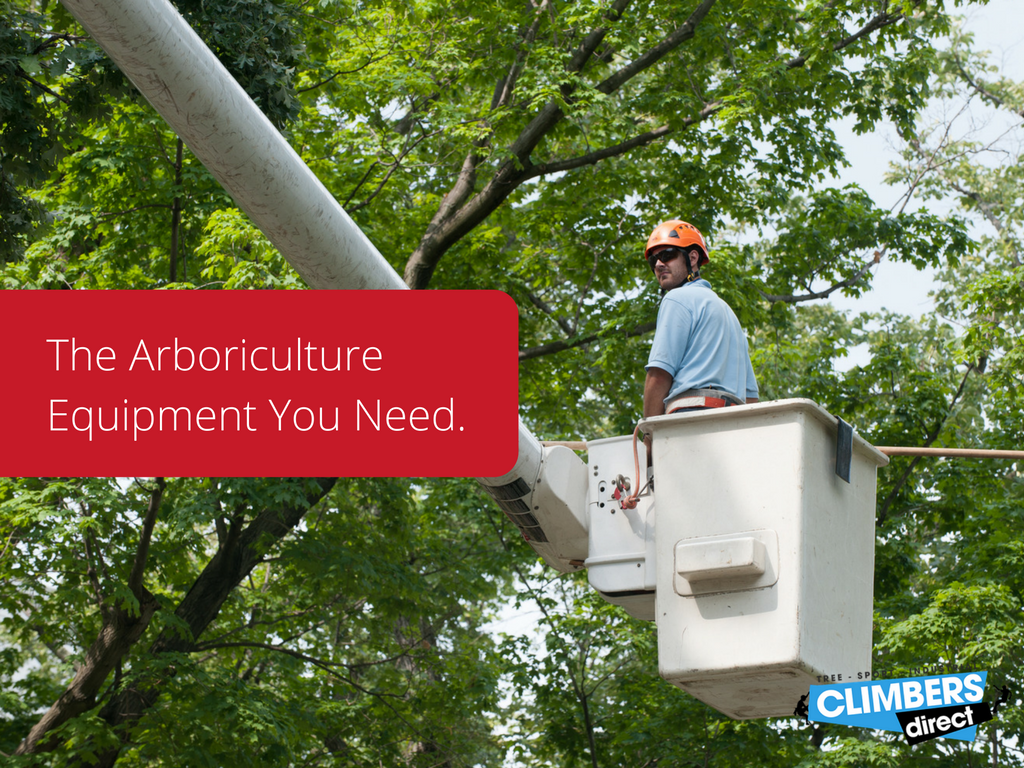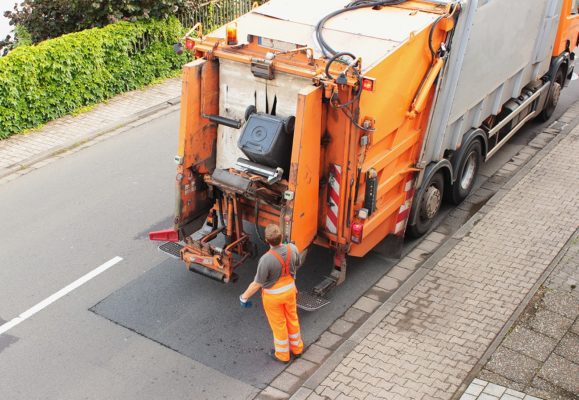Safety and Compliance for Theatre Riggers

Theatre riggers and technicians face a range of dangers in the workplace. Performers wishing each other good luck with, “Break a leg”, is a genuine danger for actors, those who work on and around stages, and, their audiences.
A number of people share health and safety responsibilities in these workplaces, from those who control them (owners), to contractors, employers and employees. From a health and safety perspective, the risks in theatres revolve around working at height and manual handling. Behind everything is the Health and Safety at Work Act 1974, which outlines specific compliance duties and liabilities.
Keeping Risk to a Minimum
As with all health and safety actives, the aim is to minimise risk and ensure an organisation is compliant with legislation. Staying safe on theatre and production sets is just as high-risk as forestry or access work. In 2016, the HSE fined a film production company owned by Disney, involved in Star Wars: The Force Awakens, £1.6 million for breaches in health and safety compliance that resulted in the injury of Harrison Ford.
That October, Judge Francis Sheridan at Aylesbury Crown Court said “The greatest failing of all on behalf of the company is a lack of communication, a lack because, if you have a risk assessment and you do not communicate it, what is the point of having one? That is the most serious breach here.”

It was described as a preventable incident, which could have caused more severe injuries, or death, given the power of the hydraulics used in the door mechanism. Theatres also use increasingly sophisticated and powerful sets and props, putting technicians and actors at as much risk as those working on film studio sets.
Reducing the Greatest Risk Factor: Work at Height
Although manual handling involves serious risks, which means owners and managers should train staff and risk assess lifting procedures, working at height is still responsible for more deaths and injuries than other activities. Whilst working at height is influenced by a range of laws; the most relevant across all sectors is the Work at Height Regulations 2005 (WAHR).
The law recognises that there are times when common sense solutions are advisable, or where no clear danger exists. Therefore no extra precautions are needed. However, the following applies to theatre riggers and owners:
- Work at height should be avoided whenever possible;
- Falls should be prevented, either with the right type of equipment, training and whenever possible, alternative solutions;
- As much work as possible should be done at ground level;
- The distance of any fall should be minimised as much as possible;
- Workers should always be able to get to the ground safely.
In theatres, the Association of British Theatre Technicians (ABTT), recommends taking the following approach when working at height:
#1: Can you, a team member or contractor AVOID working at height?
#2: If not, then you should aim to PREVENT any falls by using the right access and safety equipment.
#3: You should be ready in case a fall happens, which means aiming to MINIMISE the potential impact, using the right safety equipment and taking every necessary precaution to reduce the distance and consequences of a fall.

Vienna Opera Backstage, Austria
Gaining access to working environments, usually high above the stage for lighting, sound and other props means making the right choices for the theatre and those creating the set. This could mean using gantries, bridges, catwalks, or MEWPs, ladders, Tallescopes, or rope access equipment, depending on what is being lifted and the time it will take to make operational.
Every option needs a risk assessment, a rescue plan and these communicated across the team. With Papertrail, each piece of equipment can be logged, with risk assessments recorded for everyone’s benefit and each compliance box ticked during the preparation, show and take-down process.
Do you need more, real-time information about assets, compliance and health and safety? Contact us today, to see how Papertrail can help your organisation.
Improve your inspection management system today




